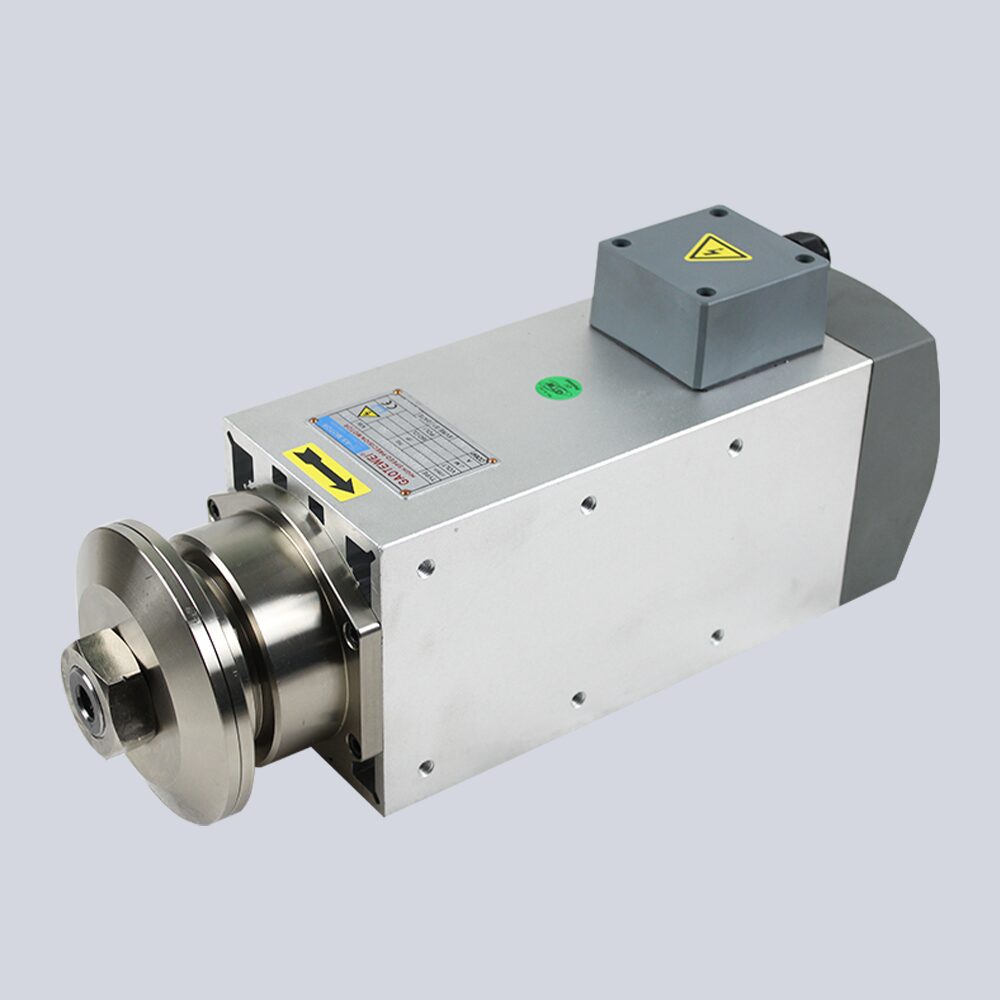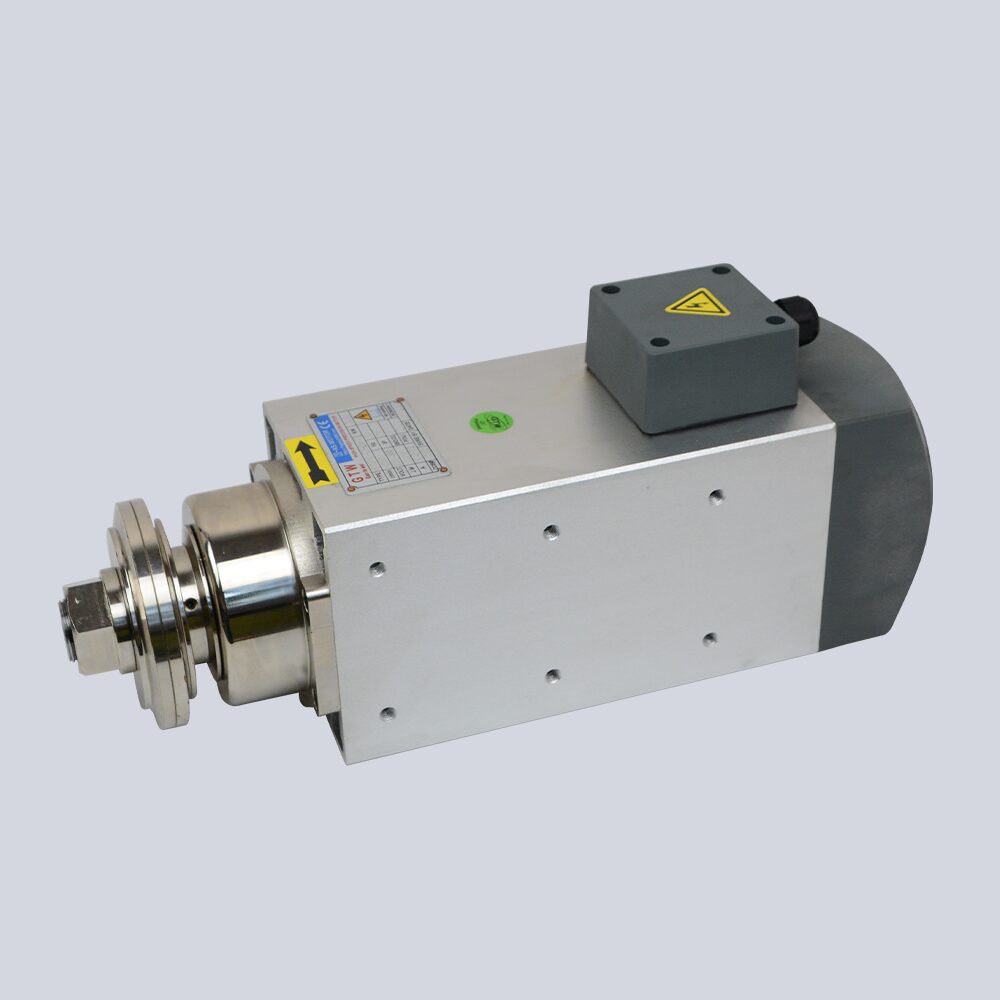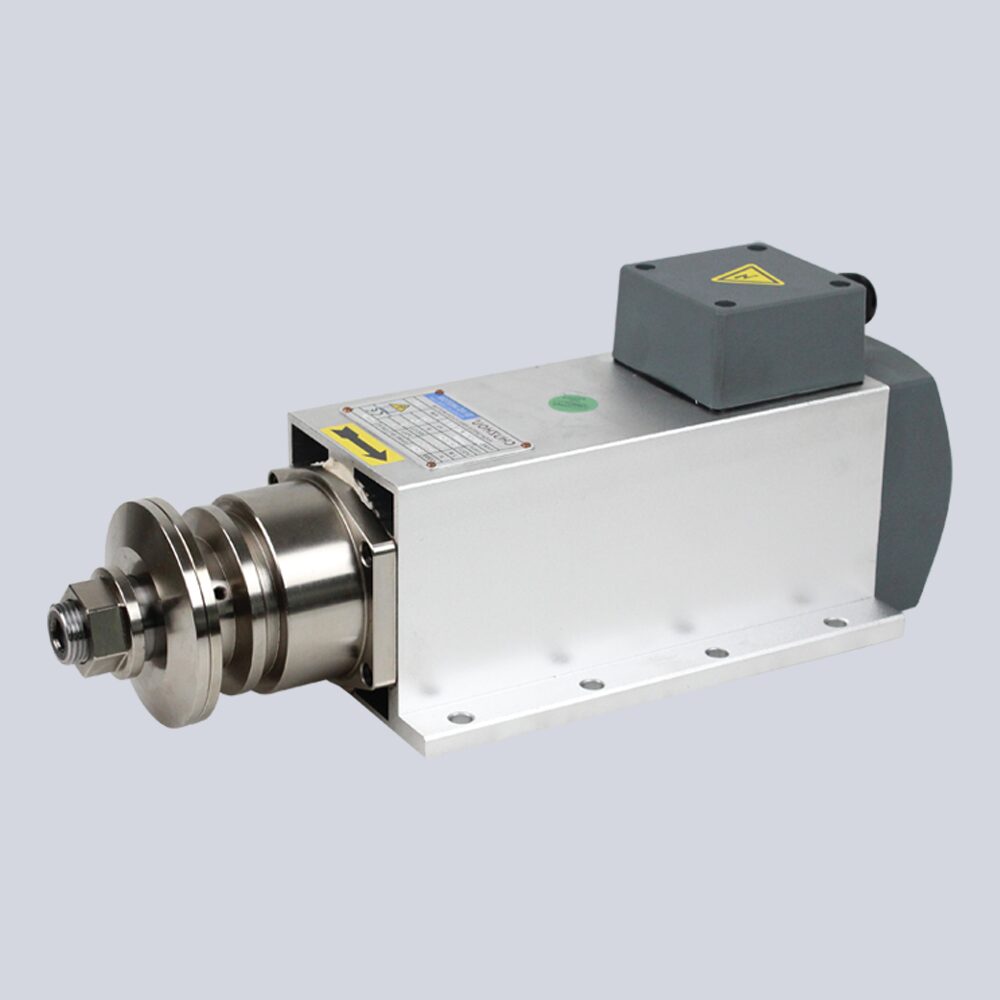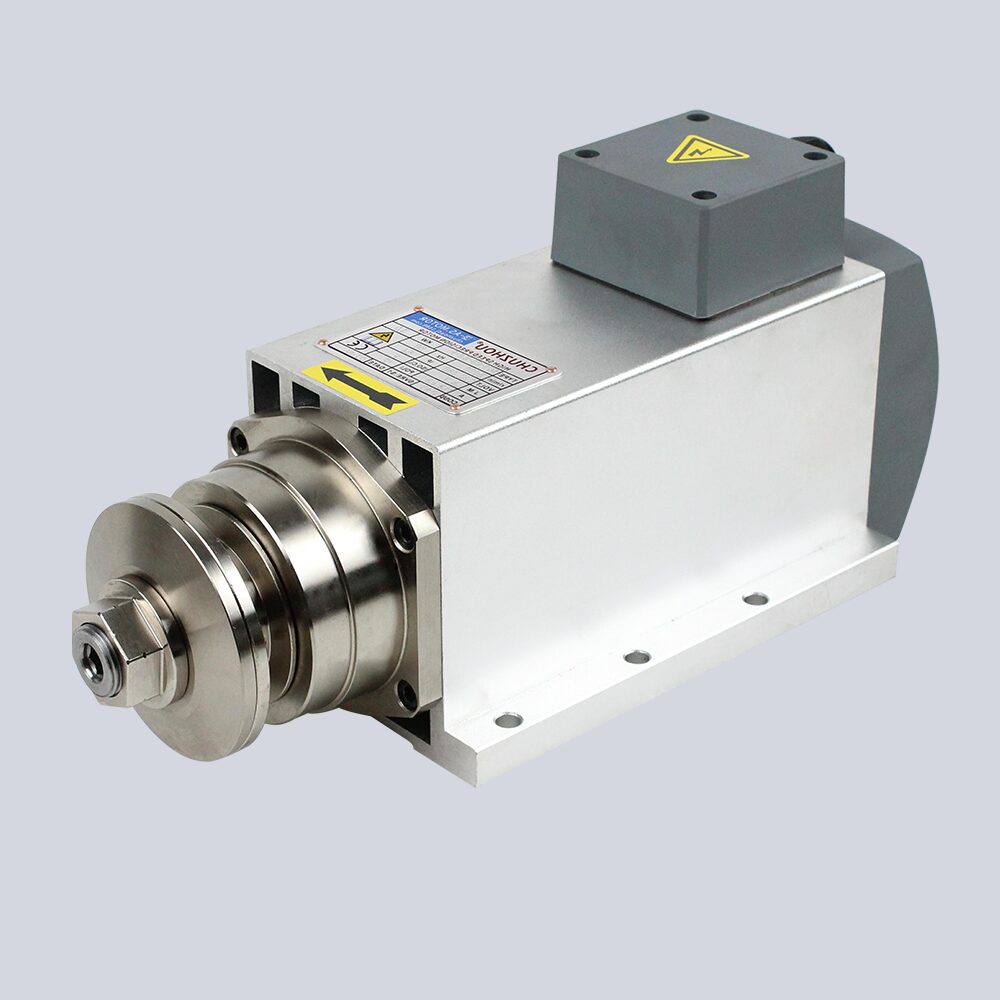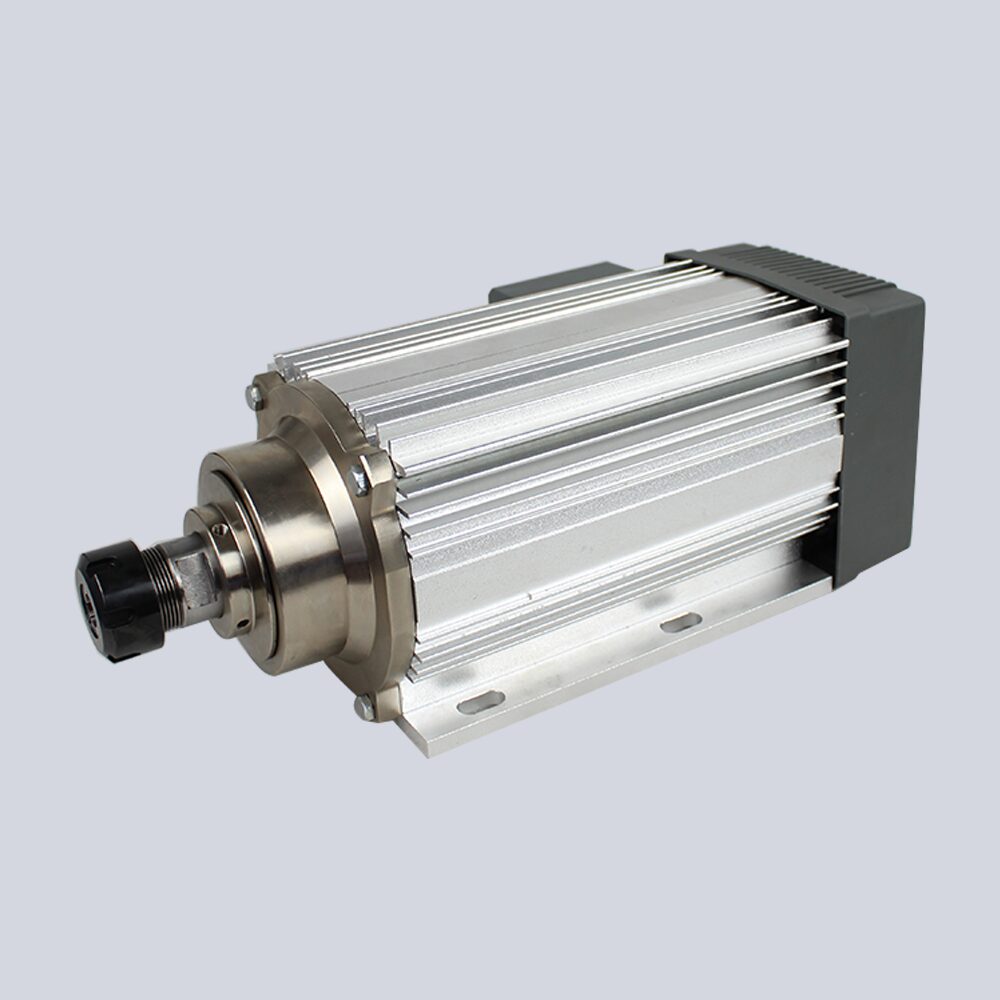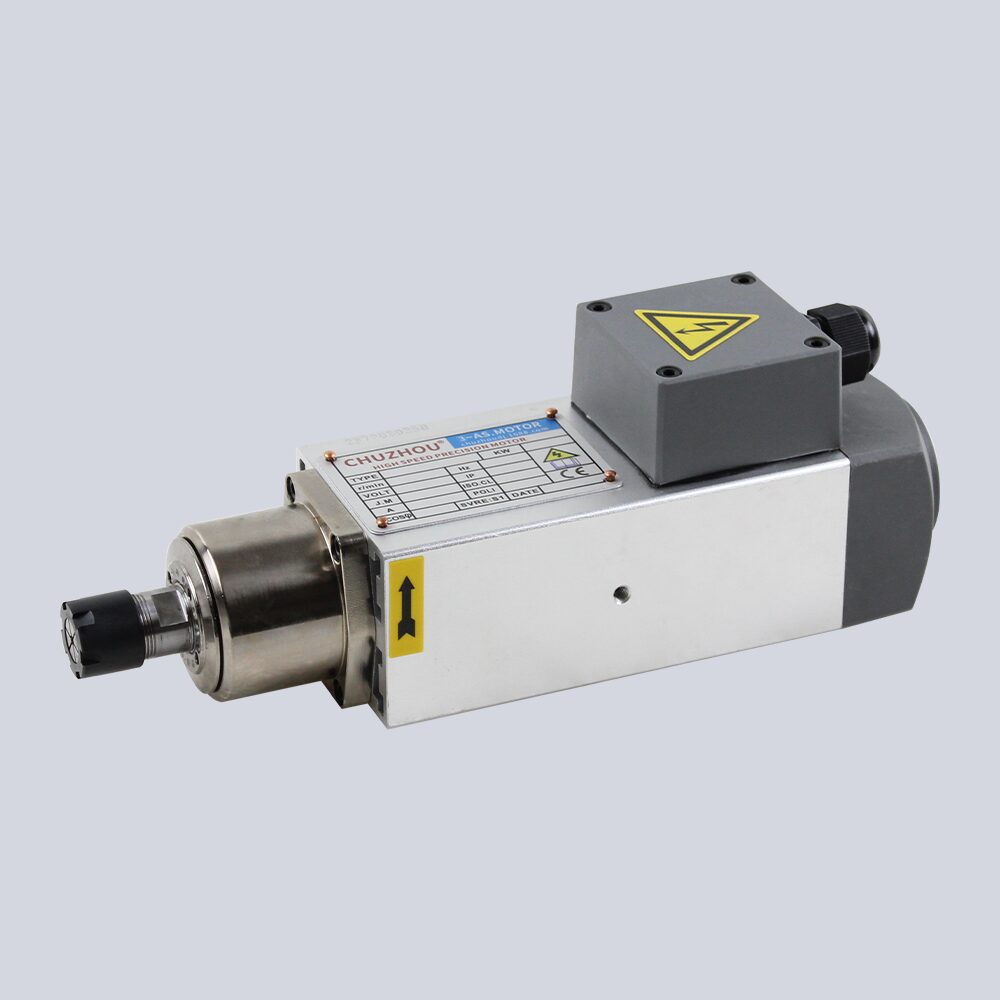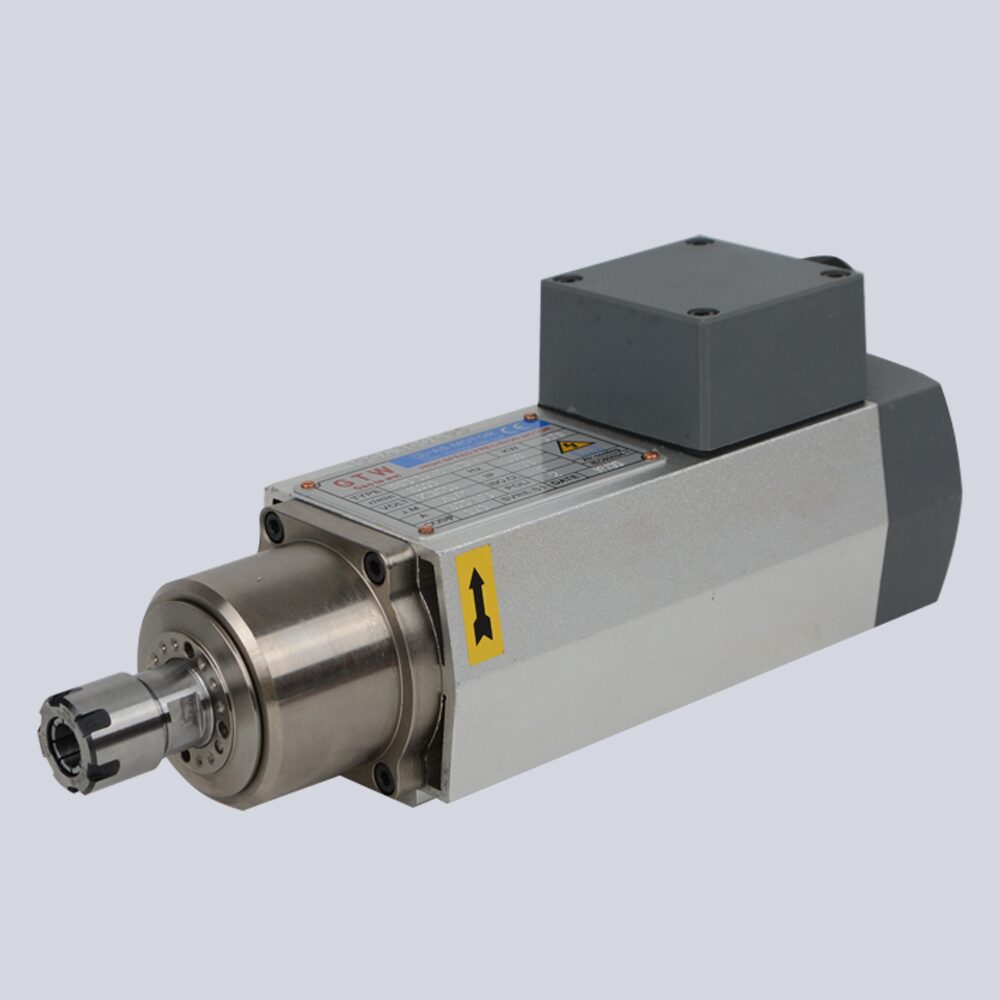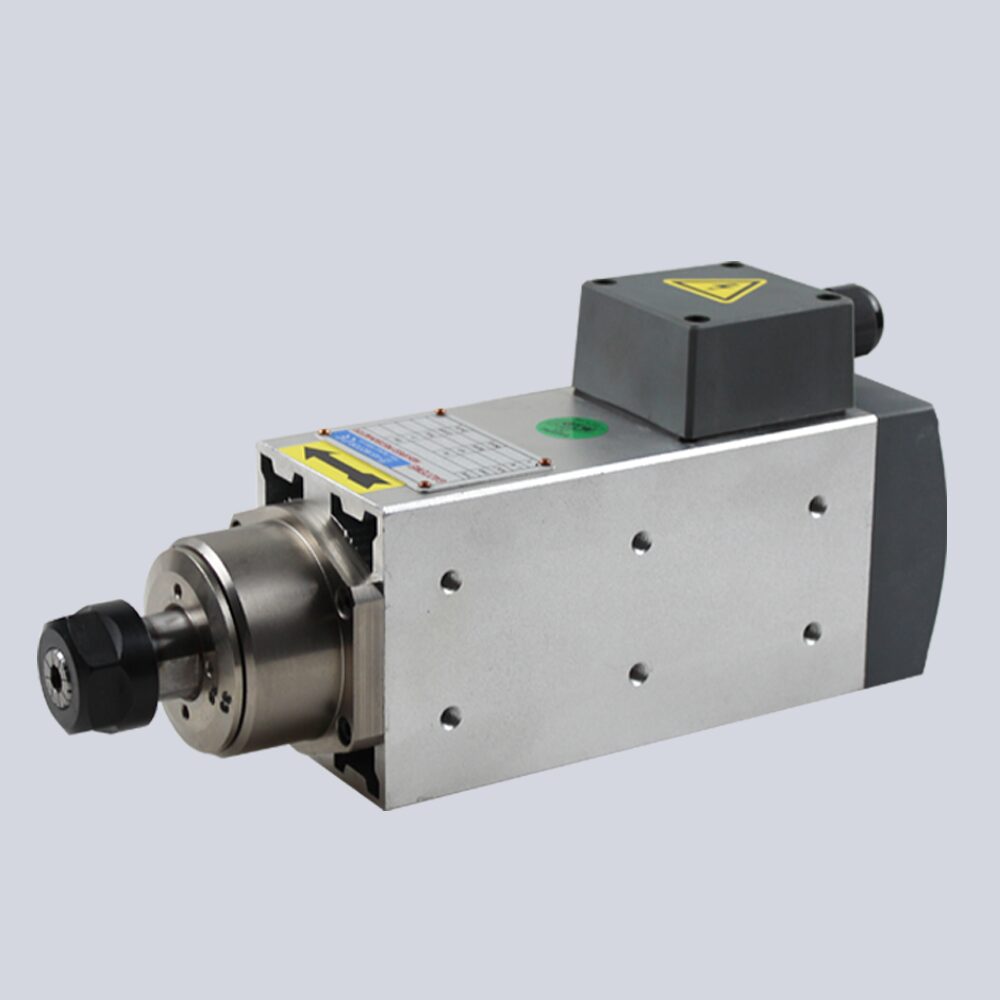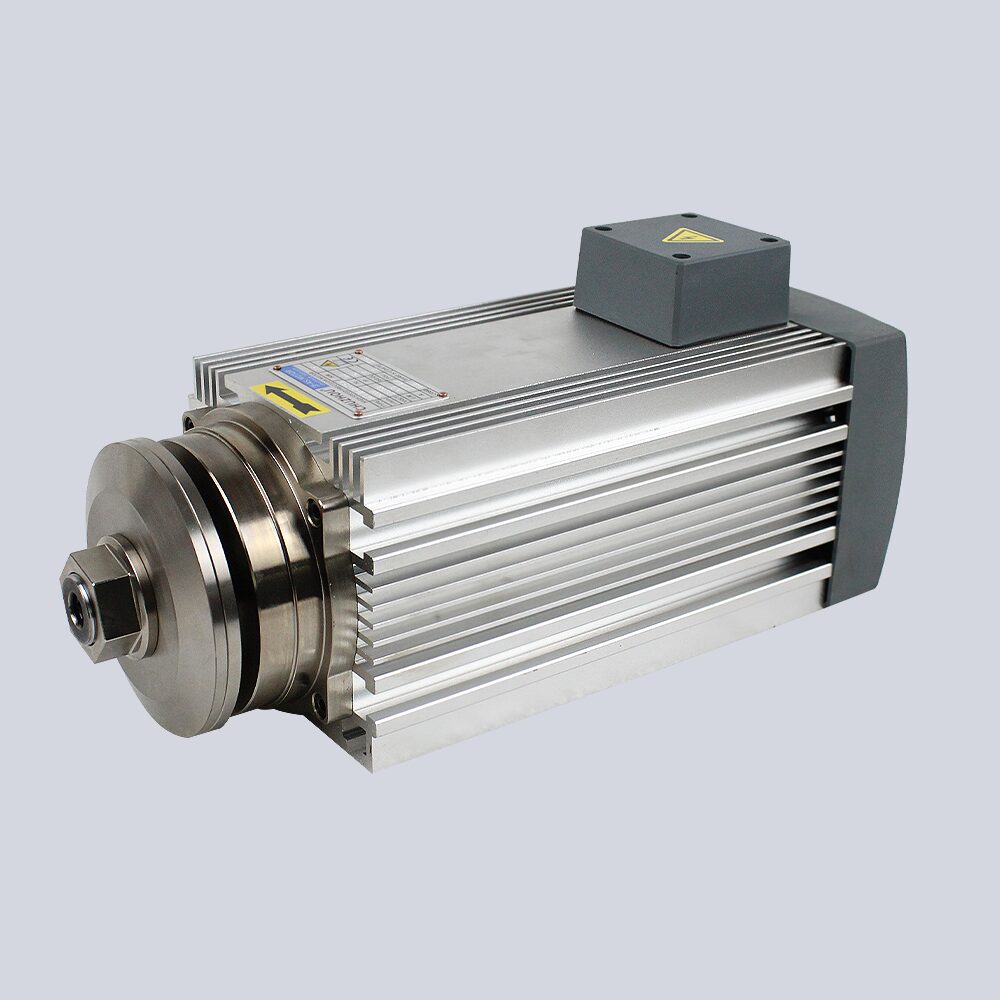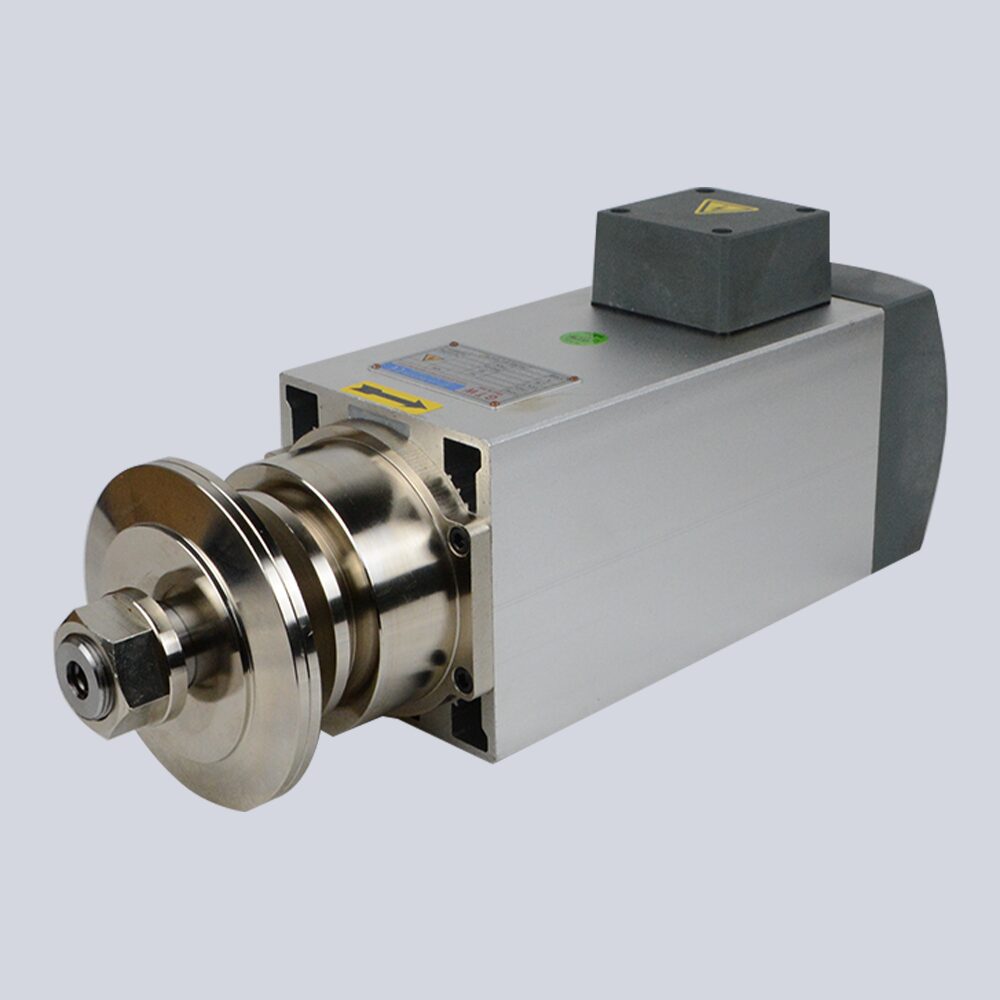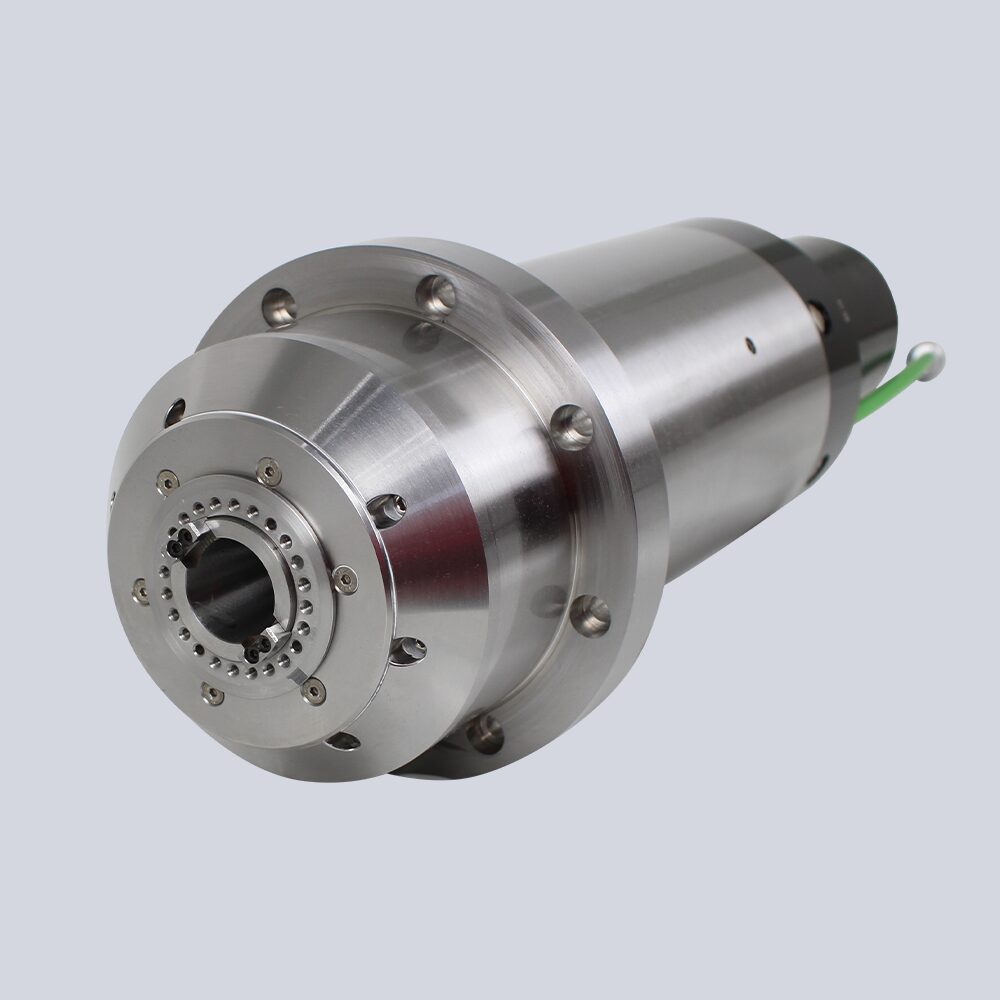Enhancing Precision: Understanding the Cutting Effect of High-Speed Precision Spindle Motors
High-speed precision spindle motors play a pivotal role in modern machining processes, offering unparalleled speed, accuracy, and efficiency. This article explores the intricate cutting effects facilitated by these advanced motors, shedding light on their impact across various industries and applications.
Introduction to High-Speed Precision Spindle Motors
High-speed precision spindle motors are sophisticated electromechanical devices designed to deliver rapid rotational speeds and precise torque for cutting, milling, drilling, and grinding operations. They are integral to industries such as aerospace, automotive, electronics, and medical devices, where intricate components require exacting precision and superior surface finishes.
Key Factors Influencing Cutting Performance
- Rotational Speeds and RPM: The ability of high-speed precision spindle motors to operate at varying RPMs (revolutions per minute) significantly influences cutting performance. Higher RPMs enable faster material removal rates and finer surface finishes, essential for achieving tight tolerances in complex machining tasks.
- Torque and Power Transmission: High-speed spindle motors offer robust torque delivery, ensuring consistent cutting force throughout machining operations. Efficient power transmission minimizes vibrations and maintains stability, enhancing cutting precision and surface quality.
- Tooling and Workpiece Compatibility: Matching high-speed spindle motors with compatible cutting tools and workpiece materials is crucial for optimizing cutting performance. Tooling considerations include tool material, geometry, and cutting parameters tailored to specific machining requirements and material properties.
Advantages of High-Speed Precision Spindle Motors in Cutting Applications
- Precision and Accuracy: High-speed spindle motors enable precise control over cutting parameters, including depth of cut, feed rate, and tool path. This precision results in superior dimensional accuracy and repeatability, essential for manufacturing components with stringent tolerances.
- Surface Finish Quality: The high rotational speeds of spindle motors facilitate fine surface finishes on machined parts, reducing the need for secondary finishing processes. Smooth surface textures enhance product aesthetics and functional characteristics, such as reduced friction and improved wear resistance.
- Productivity and Efficiency: Rapid material removal rates achieved by high-speed spindle motors contribute to enhanced productivity in manufacturing operations. Shorter cycle times and increased throughput optimize production workflows, supporting cost-effective manufacturing strategies.
Applications Across Diverse Industries
High-speed precision spindle motors find application in a wide range of industries and cutting processes:
- Aerospace: Machining aerospace components, such as turbine blades and structural elements, demands high-speed spindle motors for precision machining and weight reduction.
- Automotive: Engineered components in automotive manufacturing, including gears, pistons, and transmission parts, benefit from the cutting-edge capabilities of high-speed spindle motors.
- Electronics: Producing intricate electronic components, such as PCBs (Printed Circuit Boards) and microelectronic devices, requires precise machining facilitated by high-speed spindle motors.
- Medical Devices: Manufacturing medical implants, surgical instruments, and prosthetics relies on the precision and reliability of high-speed spindle motors for intricate cutting and shaping.
Technological Advancements and Future Trends
Continuous advancements in high-speed spindle motor technology are shaping the future of machining capabilities:
- Integrated Cooling Systems: Enhanced cooling systems integrated into spindle motors improve thermal management and prolong tool life during high-speed cutting operations.
- Smart Machining Solutions: Implementation of IoT (Internet of Things) and AI (Artificial Intelligence) technologies enables predictive maintenance, real-time monitoring, and adaptive control in spindle motor applications.
Conclusion
High-speed precision spindle motors are indispensable tools in modern manufacturing, revolutionizing cutting processes with their speed, accuracy, and efficiency. Understanding the cutting effects facilitated by these advanced motors underscores their pivotal role in achieving superior machining outcomes across diverse industries. By harnessing the capabilities of high-speed spindle motors, manufacturers can elevate production standards, innovate with complex geometries, and deliver products of exceptional quality and precision.

